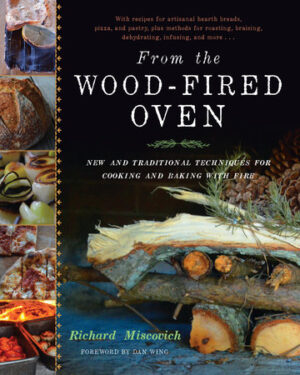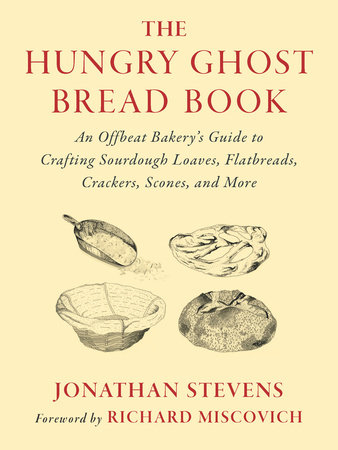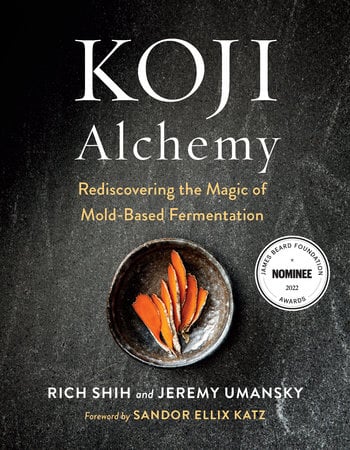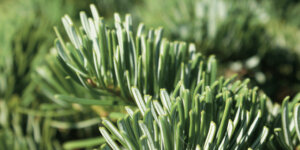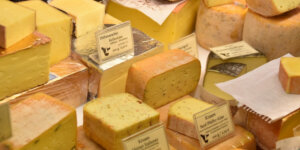Spice Bread: Quick and Easy Pain d’Epices

Need a little spice in your life? This recipe for Pain d’Epices will do the trick! Bring warmth and joy to your table with a slice of this delicious spice bread. An added bonus: Your house will smell amazing while the bread is in the oven.
The following is an excerpt from From the Wood-Fired Oven by Richard Miscovich. It has been adapted for the web.
Spice Bread: Pain d’Epices
This is an old-fashioned gingerbread-like quick bread — the name means “spice bread.” It’s a holiday favorite. I’ve sold it, given it away as gifts, and eaten it at Christmastime for years. The main leavener is baking soda, which creates carbon dioxide when it comes into contact with the acidic honey.
Unlike baking powder, which makes carbon dioxide when it becomes wet and again when it meets the heat of the oven, baking soda creates carbon dioxide only once. Make sure your oven is ready to go once you start mixing this one. Unbaked batter that sits around will lose its carbon dioxide and become heavy.
Like other dense rye breads, this bread has an impressive shelf life. It will become a bit chewier after several days, but I find it delicious toasted and served warm with butter.
This recipe was inspired by a recipe in Saveur magazine, issue 30.
Yield: 2 loaf pans, 1 Pullman pan, or numerous mini loaves
Prefermented flour: 0%
Wood-fired oven temperature window: 350°F (177°C) and falling
Home oven: Preheat the oven to 350°F (177°C).
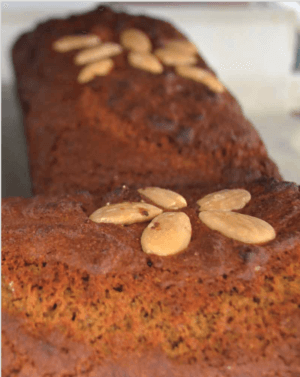
Ingredients
- 4 1/2 cup + 1/3 cup whole rye flour
- 2 tsp baking soda
- 1 Tbsp anise seeds, ground
- 1 tsp nutmeg, ground
- 1 tsp coriander, ground
- 1/2 tsp cinnamon
- 1/2 tsp cloves, ground
- 1 1/8 cup milk
- 2 cups honey
- 1/4 cup fresh orange peel, grated on the small holes of a box grater (about 2–3 oranges)
- 1-2 lemons for fresh lemon peel, zested, grated on the small holes of a box grater
- 3 egg yolks, beaten
- Whole raw almonds (blanched), as needed
Procedure
- Sift together the rye flour, baking soda, and spices into a large bowl and set aside.
- Whisk the milk and honey together over medium heat and bring to a gentle simmer.
- Add the orange and lemon peel and remove from the heat.
- Before you add the yolks, you must first temper them so they don’t cook in the hot mixture. To do this, slowly drizzle a little of the hot mixture into the yolks while whisking. Now add the tempered yolks back into the liquids.
- Add the liquids to the dry ingredients and mix gently just until smooth.
- Divide evenly between two greased loaf pans.
- Arrange the almonds in a decorative pattern on top of the unbaked batter.
- If you’re using a home oven, bake at 350°F for 15 minutes. Reduce the temp to 325°F and bake for approximately 25 minutes more, or until a toothpick inserted in the center comes out clean. The loaves may need to be tented with foil to prevent excessive darkening.
- Let the loaves cool for 10 minutes, then unmold them and cool them completely before slicing.
Recommended Reads
Recent Articles
The scent of fir trees is a holiday staple 🎄 Imagine sipping a festive cocktail infused with the unmistakable taste of fir ✨ This holiday season, elevate your entertaining game by introducing fir to your menu – from classy cocktails to rustic potatoes!
Read MoreLooking for a way to use that leftover Thanksgiving Turkey? Shake things up this holiday season with a game-changing twist. Serve these easy-to-make appetizers with a side of Vietnamese dipping sauce for an extra kick of flavor!
Read MoreAttention all cheese lovers! If you’re looking for recipes to satisfy all your cheesy needs, then look no further.
Read More

